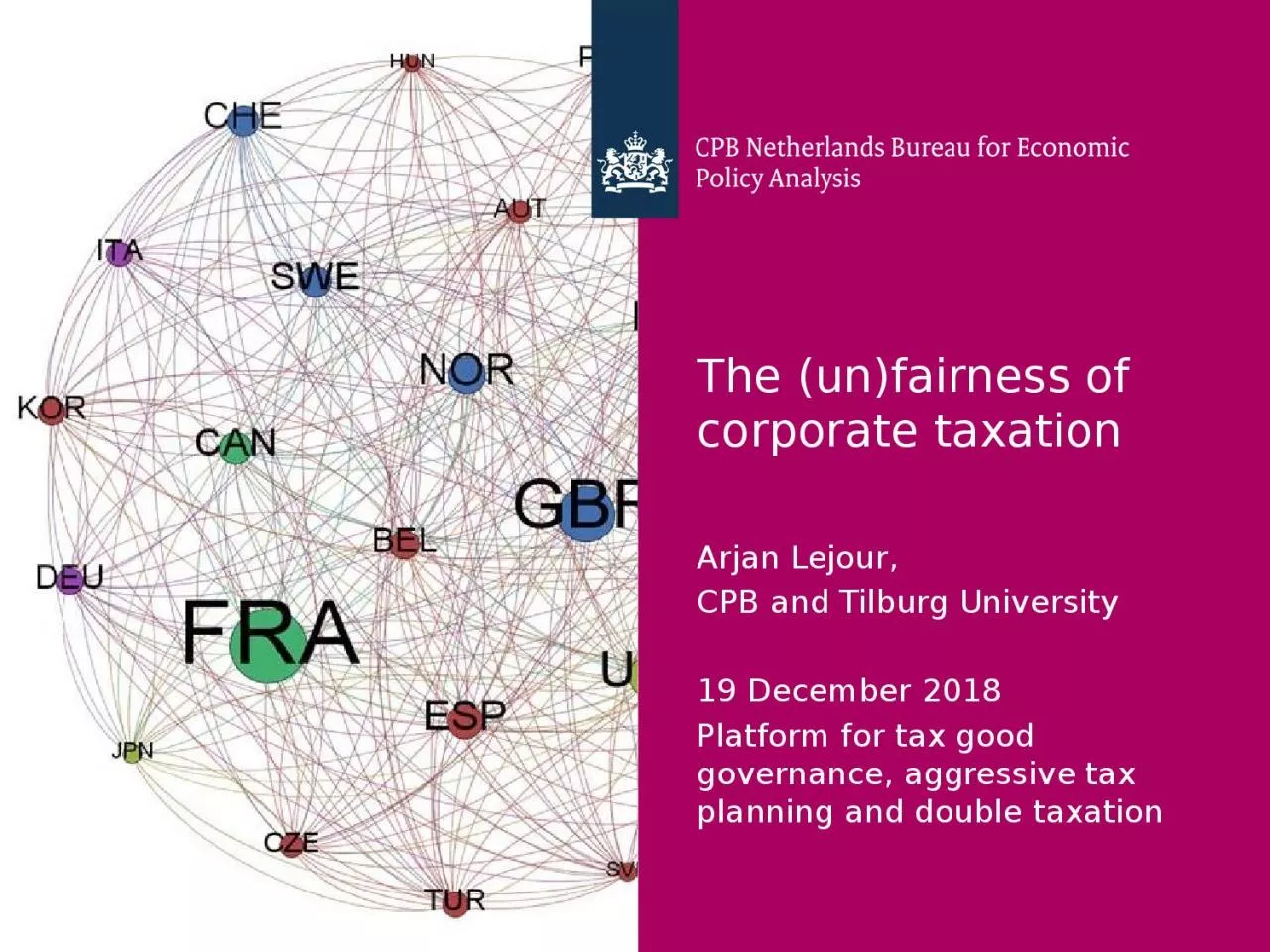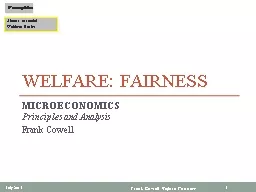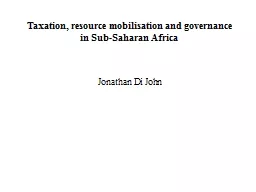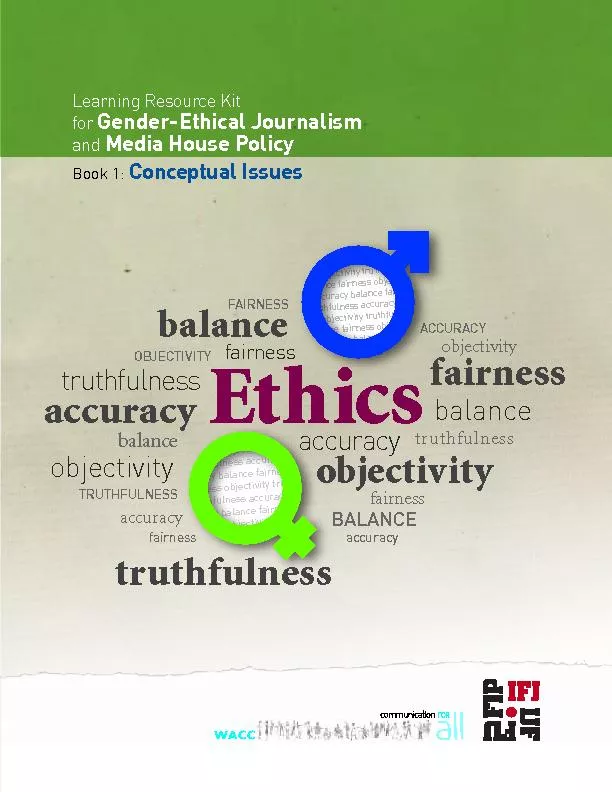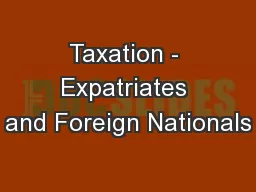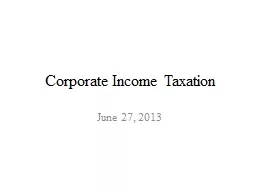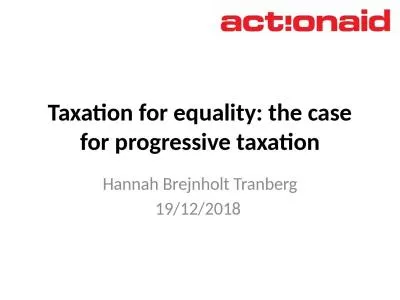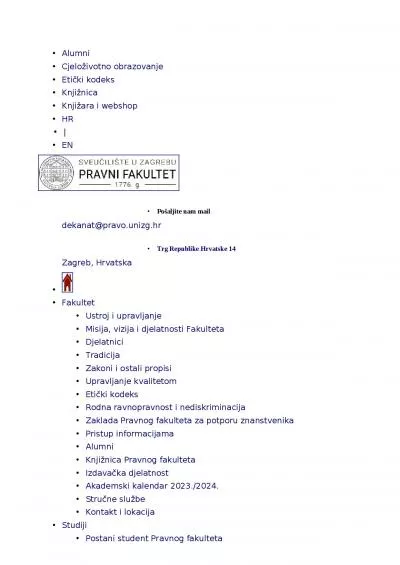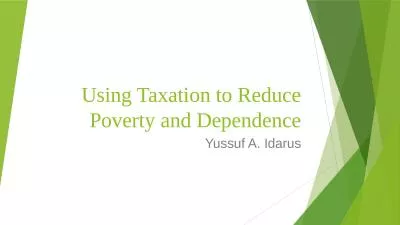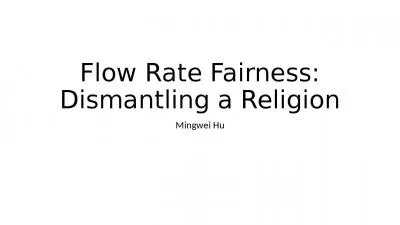PPT-The (un)fairness of corporate taxation
Author : evans | Published Date : 2023-06-26
Arjan Lejour CPB and Tilburg University 19 December 2018 Platform for tax good governance aggressive tax planning and double taxation Structure Introduction Channels
Presentation Embed Code
Download Presentation
Download Presentation The PPT/PDF document "The (un)fairness of corporate taxation" is the property of its rightful owner. Permission is granted to download and print the materials on this website for personal, non-commercial use only, and to display it on your personal computer provided you do not modify the materials and that you retain all copyright notices contained in the materials. By downloading content from our website, you accept the terms of this agreement.
The (un)fairness of corporate taxation: Transcript
Download Rules Of Document
"The (un)fairness of corporate taxation"The content belongs to its owner. You may download and print it for personal use, without modification, and keep all copyright notices. By downloading, you agree to these terms.
Related Documents

